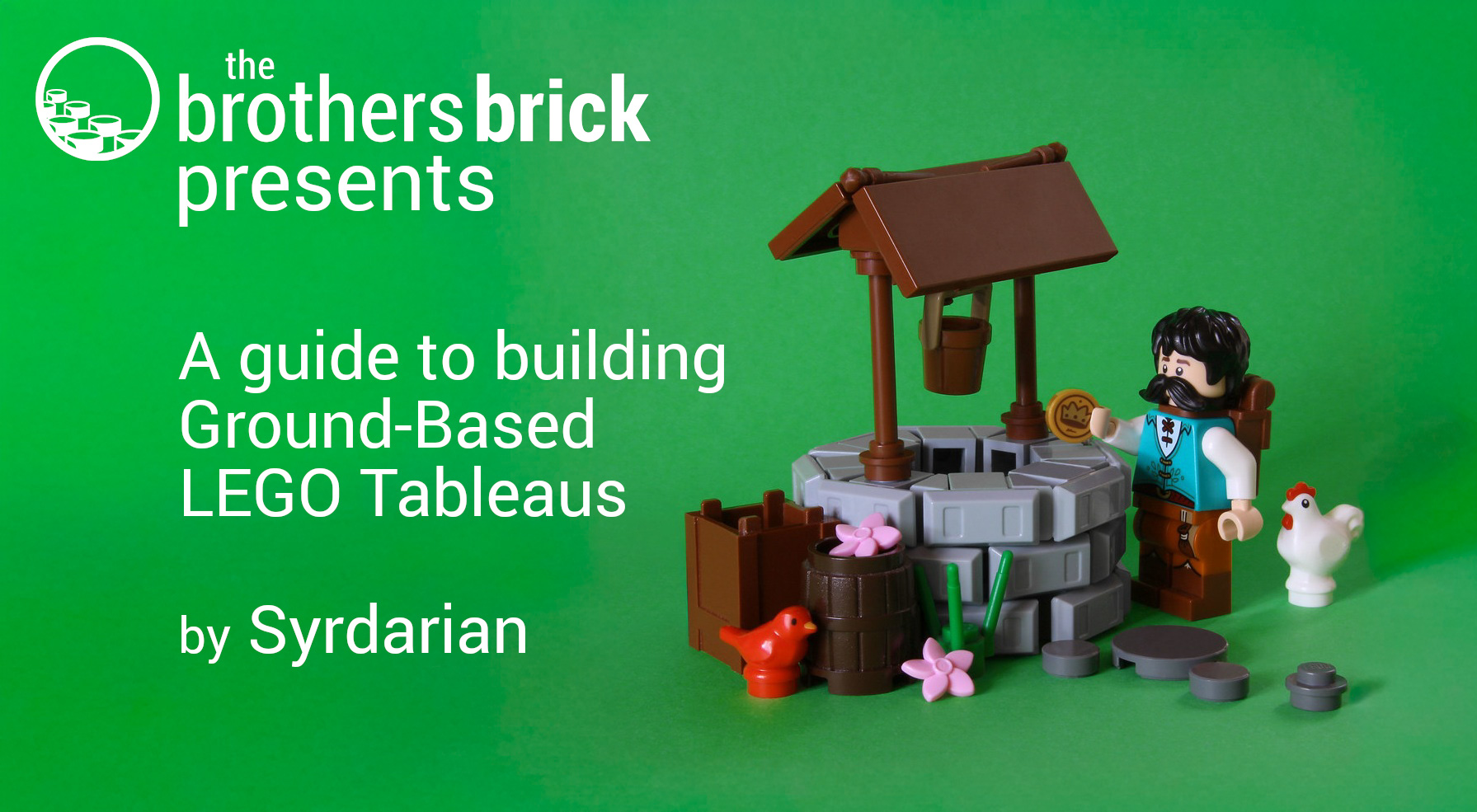
When setting a LEGO scene, how much of a world needs to be built to spark the viewer’s imagination?
There are two approaches to bringing a world to life in LEGO: 1) meticulously build out every aspect of the scene with bricks, or 2) provide just enough detail to suggest the bigger picture while letting the viewer’s imagination fill in the rest. While building it all can make for impressive displays, I am drawn to the latter approach.
Various styles can achieve this, each with its distinct charms. Immersive scenes transport us to new worlds, like a window into a picture, by filling the frame with LEGO. Vignettes, on the other hand, embrace the artifice of a model and give the impression that a slice of the world has been captured in bricks. Even if vignettes have their appeal, I have a preference for immersive scenes. They’re more fun, if more part-intensive.
But there’s a third style worth exploring, one that many in the community – including myself – have experimented with. It’s a style that I call “Ground-Based.” As you’ve probably already guessed, this is the topic I’ll be covering today
Learn how to create MOCs in the ground-based style